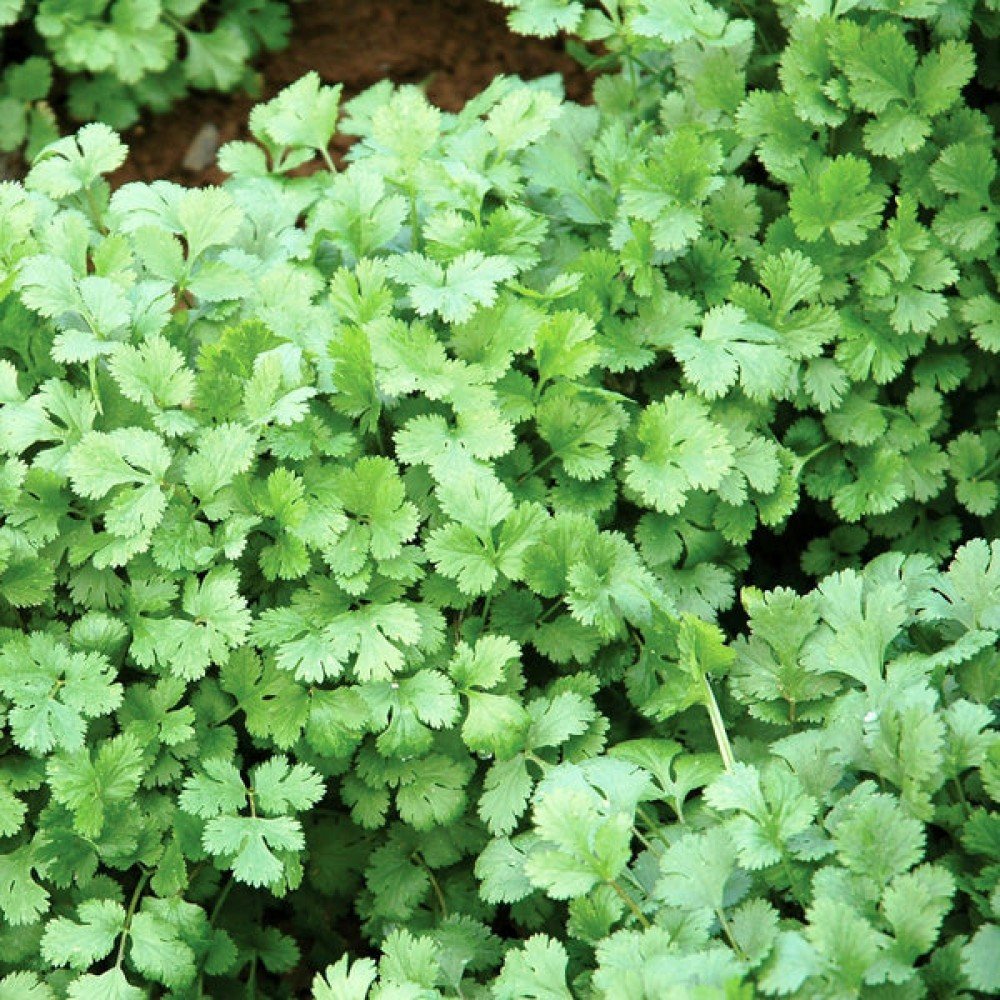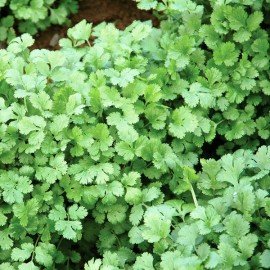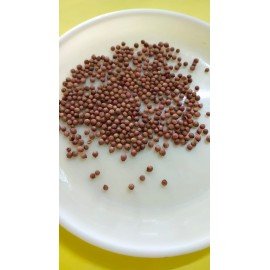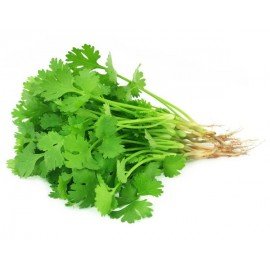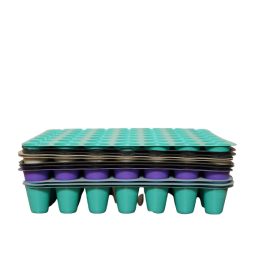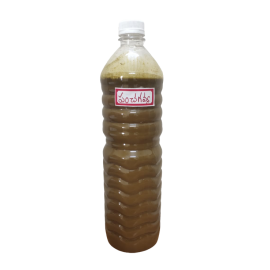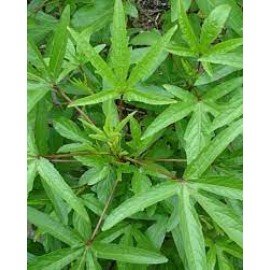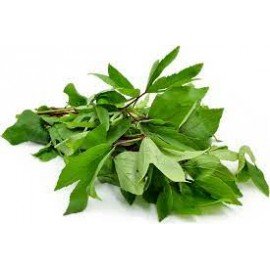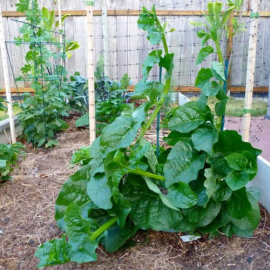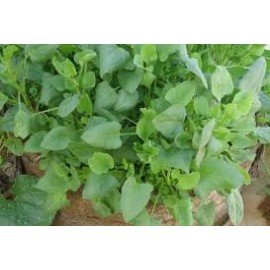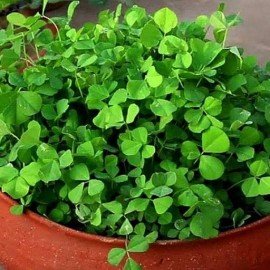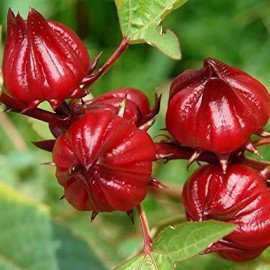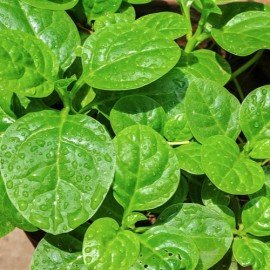Coriander Seeds/ Daniya Seeds
Product Description
Plant Name: Coriander/Daniya Seeds.
Sowing Season:
- All Season.
Soil requirements:
- The right type of soil is very important as nutrition is required for the growth of the plant.
- A mix of soil requires Red soil, Vermicompost, and Coco peat in respective ratios (40: 40: 20). Also, add a handful of Neem cake to each pot to keep the soil pest-free.
Container Specification:
- Take Container/Grow bag with minimum 12-inch height.
- Preferably 12X12 Or 15X15 Or 12X15 inch Grow bags or even bigger as per requirement
Sowing:
- Coriander crop thrives well in temperatures between 17° to 27°C. Coriander is best sown directly in pots rather than growing them in seed trays and then transplanting the sprouts.
- Sow the coriander seeds about half to one inch deep in the soil
- Keep soil moist to speed germination and encourage quick growth.
- Space the seeds at a gap of approximately 6 inches.
- Press the soil over the seeds and cover with the half-inch layer of fine coco peat/potting soil.
- Water regularly/Water the plants in dry periods. Be sure to not over-water the plant to avoid root rot. Good soil drainage is essential to ensure healthy root health as coriander has deep taproots.
- Germination of coriander takes up to 2-3 weeks.
Plants Caring:
Coriander prefers cool weather. It can be grown in partial sun as the herb does not demand full soon.
- Avoid transplanting or repotting the germinated seeds and prefer starting from the seeds straight.
- The key to growing healthy coriander herb is regular and steady watering. Remember water just to keep the soil surface cool, do not overwater.
- For a steady supply, we suggest planting small patches every 2-3 weeks throughout the growing season.
- Check the plants regularly and spray neem oil and Panchagavya to keep the insects away. Add a handful of compost/organic manure every 10-15 days for each pot to make sure the soil has enough nutrition to grow plants.
Harvest: Coriander can be harvested when the plant has become six inches tall. At this height, the leaves of the herb will be tender and least bitter. The stems tend to be more pungent as compared to the leaves. Cut the gentle stems at the soil level.
Common problems/diseases:
1. Root rot
Coriander might suffer from root rot. This situation is developed if the roots of the plant become too wet. Hence well-drained soil with mixed sand is imperative for improved drainage of the plant. Overwatering can also lead to oversaturation of soil and subsequent development of certain leaf diseases. The simple precaution that can avoid this will be watering in the day, avoid watering in the evening, and don’t overwater the plants.
2. Bolting
Coriander has a tendency to bolt straight into flowers i.e instead of growing leaves, the plant jumps straight to the flowering stage. Bolting can occur due to heat, transplantation, or insufficient watering. Keep the soil moist, and plant the seeds in partial share not too shady as it needs a sufficient amount of sun to grow properly.
Benefits of Coriander:
- Coriander leaves are a wonderful source of dietary fiber, manganese, iron, and magnesium.
- It is antiseptic, antioxidant, and anti-inflammatory in nature.
- Coriander leaves are rich in Vitamin C, Vitamin K, and protein.
- Coriander is helpful in stimulating blood sugar levels and is of medicinal value against diabetes.

